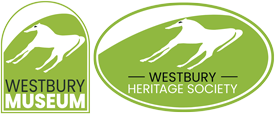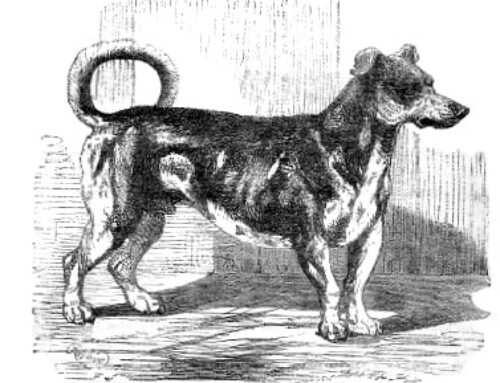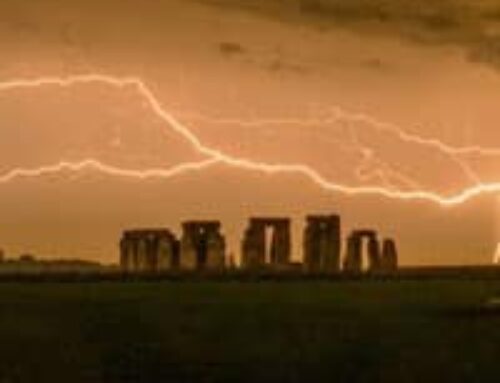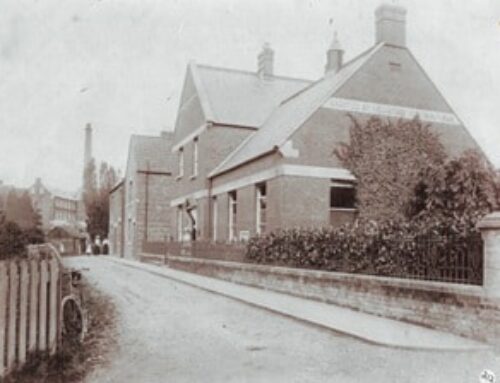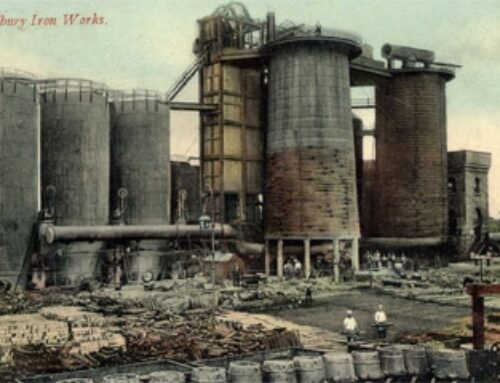by Liz Argent …

The small advertisement caught my eye as I was looking for something else in a newspaper from February 1911. Miss Pankhurst was to speak at the Laverton Institute in Westbury on the 17th and Miss Annie Kenney at the baths on the following day. Why were these two leaders of the Suffragette movement coming to our town? Not managing to find any reports of the actual meetings, I did however discover the story of the West Wilts by-election that year and the role that the women’s suffrage movement played in it.
The early years of the twentieth century were times of political change. In the election of 1906 the Liberals had been returned with a record majority. H H Asquith had succeeded Sir Henry Campbell-Bannerman as Prime Minister in 1908 and had pushed forward with many reforms. In 1909 the Chancellor, Lloyd George had introduced a budget which greatly increased taxation to raise money to fight poverty. The Conservative House of Lords had rejected it. This led to a general election being called in January 1910 and the two main parties being returned in almost equal numbers. The Liberals formed an alliance with the Irish Nationalists and introduced a bill to limit the powers of the upper chamber. The Lords resisted and the King agreed to create more Liberal peers to pass the bill if the Liberals could win another election. So in December a second election was held and eventually the Parliament Act of 1911 was passed.
The sitting MP for the West Wilts constituency was Sir John Fuller. He had been first elected in 1900 and was the son of G P Fuller who had also been the MP for Westbury from 1885 to 1895. Sir John’s local connections were further enhanced by his marriage to a daughter of C N Phipps of Chalcot House. Early in 1911 Asquith appointed him Governor of Victoria in Australia and so the five towns of West Wilts were to go to the polls again. The, male, voters of Westbury could be forgiven for suffering from a bit of election fatigue!
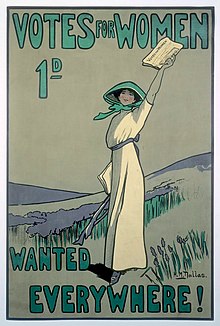 Meanwhile, in the background, the movement for giving women the vote was gathering momentum. The Women’s Social and Political Union (WSPU) had been formed in 1903 and among its leaders were Mrs Emmeline Pankhurst, her daughter Christabel and Annie Kenney. These women came from different social backgrounds. Mrs Pankhurst’s late husband had been a barrister, while Annie Kenney had started work in a cotton mill in Oldham at the age of ten, although she had been encouraged to learn to read, write and debate. In 1905 Christabel and Annie had attended a political meeting at the Free Trade Hall in Manchester. They had interrupted the speakers, Winston Churchill and Sir Edward Grey, by shouting “Will a Liberal government give votes to women?” and had unfurled a banner proclaiming “Votes for Women”. They were ejected and arrested and Annie was sent to prison for three days.
Meanwhile, in the background, the movement for giving women the vote was gathering momentum. The Women’s Social and Political Union (WSPU) had been formed in 1903 and among its leaders were Mrs Emmeline Pankhurst, her daughter Christabel and Annie Kenney. These women came from different social backgrounds. Mrs Pankhurst’s late husband had been a barrister, while Annie Kenney had started work in a cotton mill in Oldham at the age of ten, although she had been encouraged to learn to read, write and debate. In 1905 Christabel and Annie had attended a political meeting at the Free Trade Hall in Manchester. They had interrupted the speakers, Winston Churchill and Sir Edward Grey, by shouting “Will a Liberal government give votes to women?” and had unfurled a banner proclaiming “Votes for Women”. They were ejected and arrested and Annie was sent to prison for three days.
The Suffragettes were hopeful that a Liberal government would be more sympathetic to their cause, but Asquith was firmly against giving women the vote and his government had to fall in line with him. So when the by-election was called in Westbury they campaigned to persuade voters not to vote for the Liberal candidate because he wouldn‘t support them in Parliament.
There were only two candidates. George Palmer stood for the Conservatives as he had done in 1910. He was a Wiltshire man and had been High Sheriff for the county in 1903 and Lieutenant Colonel of the Royal Wiltshire Yeomanry since 1910. He declared himself to be a “Wiltshireman for West Wilts”. Standing against him was Geoffrey Howard for the Liberals. He had previously represented Eskdale in Cumberland, but had lost his seat at the election the previous December. He had also been H H Asquith’s private secretary. Both these men said they supported the women’s suffrage movement, but Howard was first and foremost a supporter of Asquith.
From newspaper reports it would seem that a lively campaign was fought across the area. Well attended meetings were held in every town and Mr Howard was often supported by his sister, Lady Dorothy Howard, who added interest with her “buoyant personality and happy speeches.“
The Suffragettes were similarly well organised. Annie Kenney spent a lot of time in the area and every voter received a leaflet from the WSPU. Mrs Pankhurst addressed meetings at Melksham and Warminster. A detailed report of a meeting at the Market Hall in Trowbridge appeared in a local paper. Christabel arrived at the station and was driven to the meeting in a car decorated in the WSPU’s colours of white, green and purple. Behind the wheel was a lady dressed in a chauffeur’s greatcoat and peaked cap. The reporter seems to have been sympathetic to the cause. Christabel was described as a “charming speaker“ with “clear and well-reasoned speech”. She kept her audience interested and dealt wittily with interruptions. Annie Kenney also spoke to the Trowbridge audience. Her message to the government was “Don’t talk about freedom and liberty: act more!“
By polling day on Wednesday 22nd February the women were beginning to feel that their cause had been strengthened and some men won over. They continued campaigning on the day itself with leaflets being handed out at polling stations. It was noted in the press that Wednesday was a good day for an election, except in Bradford-on-Avon where the rubber factory was working overtime.
The result was a Liberal victory. But the Suffragettes could claim a measure of success as it was with a lower majority despite increased turnout.
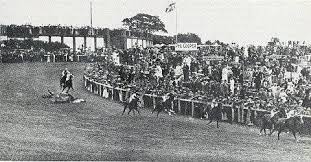
Death of Emily Davison at the Derby
In the years that followed the Suffragettes became more militant. Many were imprisoned, went on hunger strike and were forcibly fed. In 1913 Emily Davison died when she ran out in front of the King’s horse at the Derby. When the Great War started in 1914 the WSPU suspended its activities and encouraged its members to contribute to the war effort. Finally in 1918 the law was changed to allow women over 30 the right to vote, but they didn’t achieve equality with men until 10 years later.
A general election should have been held in 1915, but was postponed because of the war so the people of Westbury did not vote again until 1918. Now that women could vote the electorate more than doubled. Palmer and Howard both stood again, but this time Palmer won for the Conservatives. The reason? This time there was a third candidate, for the Labour Party, and the Liberal vote was split.
